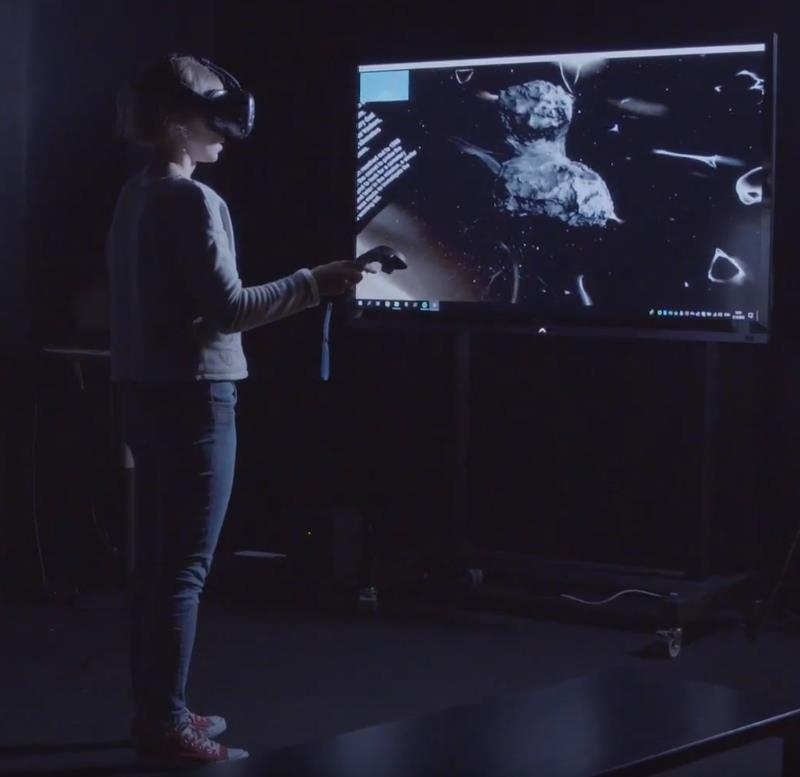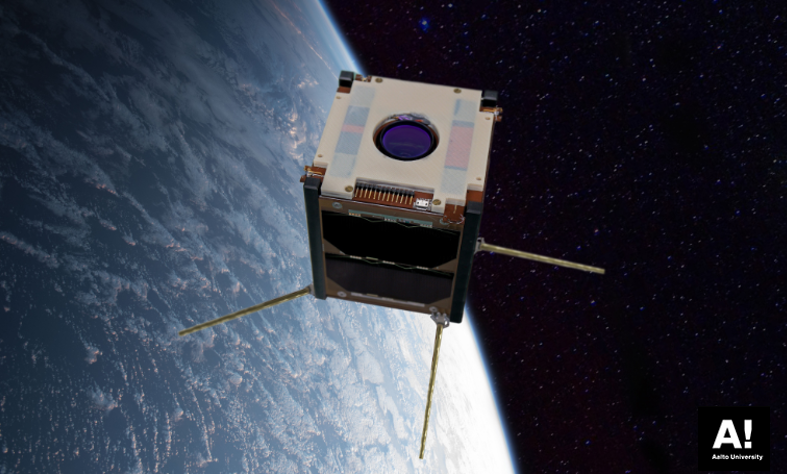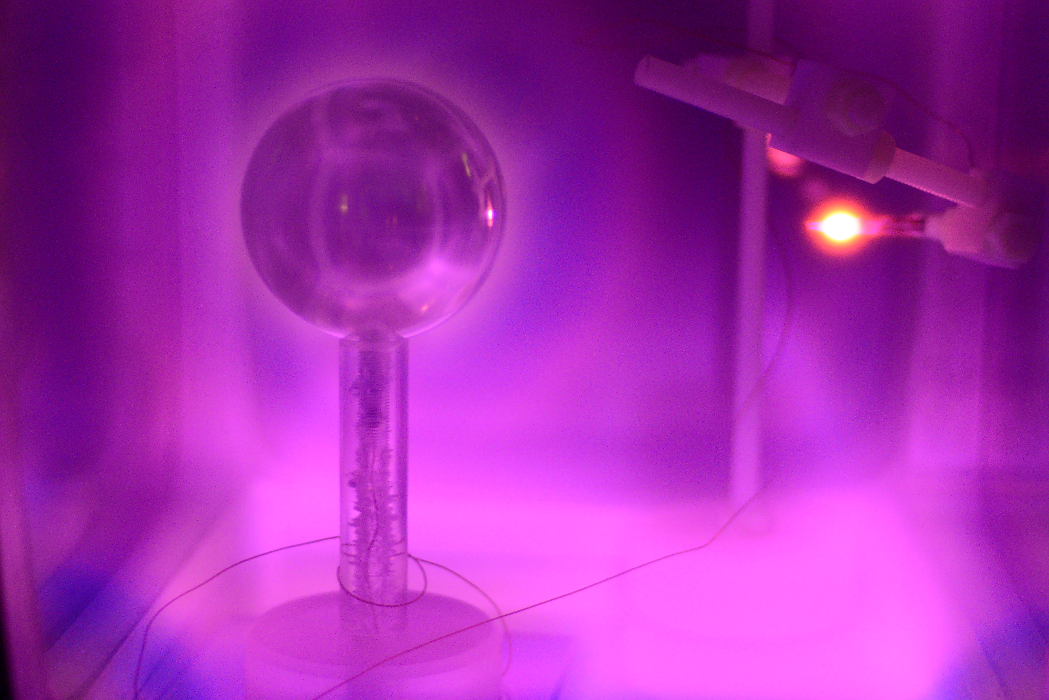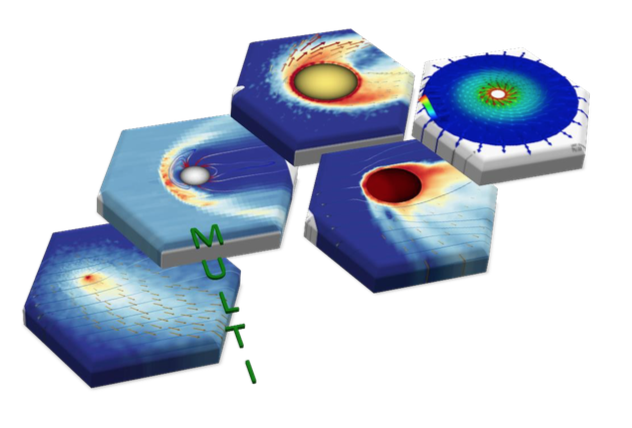Space plasma physics research and space technology at Aalto University
The Space Plasma Physics and Space Technology Group at the Aalto University is based on the Otaniemi campus in Espoo, West of Helsinki, Finland. The group belongs to the Department of Electronics and Nanoengineering as part of the School of Electrical Engineering (ELEC) of Aalto University.
We specialise in the numerical modelling of space plasmas and their interactions with weakly magnetized bodies. We are also closely involved in space technology and instruments onboard several current space missions from the European Space Agency, such as Rosetta, Mars Express, Venus Express, or the upcoming BepiColombo and JUICE missions. The modelling tools we develop serve as state-of-the-art interpreters of the complex interactions between solar wind particles and the studied solar system object.
Computer simulation platform to study planetary space plasma environments
The bulk of our current research is done with a Cloud-in-Cell plasma model based on the MULTI platform. MULTI can be used in the hybrid and full-kinetic regimes, since the plasma environments of weakly magnetized bodies exhibit kinetic effects beyond the scope of fluid models, such as mass loading and finite gyroradius effects. The model typically treats ions in a fully kinetic fashion, with electrons forming a charge-neutralizing massless fluid. MULTI is based on the kinetic simulation works made at the Finnish Meteorological Institute by the leader of the group, Prof. Esa Kallio, since 1999.




